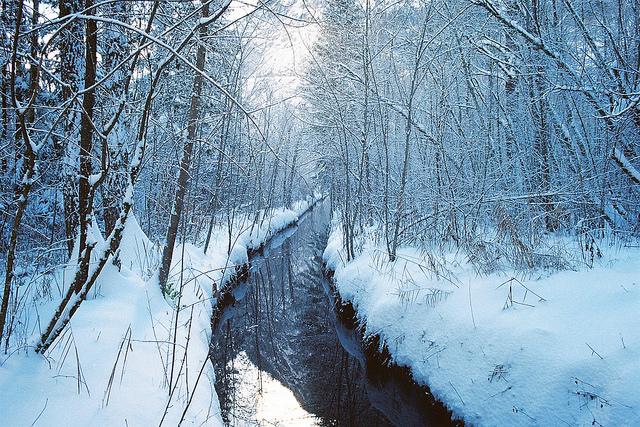Have you ever tried hiking during the winter in the Pacific Northwest? I have. Twice, in fact. Once was intentional. Once was not.
The first time I went, I embraced the rain. I let myself get drenched and covered in mud, as though this were a requirement for being a “true” Oregonian. This was all great until I got back in the car and realized that the downpour had soaked through my not-so-waterproof backpack and ruined my phone.
The second time I hiked during the winter, it was a lovely and dark January morning. I was sleep deprived, wearing a dress, and had no food or water. We’re not going to talk about that hike.
Fun fact: In Quebec, they have a saying for winter hiking: s’habiller comme un oignon. It means “dress like an onion.” Well, I can tell you right now, this onion did not have a whole lot of layers that morning.
Maybe there are some extreme hikers out there who are ready for any season the Pacific Northwest throws at them. They’re thick onions, ready for anything. If that’s you, I congratulate you. In fact, I envy you. Most of us, however, don’t really think about hiking until April or May (or, let’s be real, June). Hiking seasons aren’t something many people have to think a whole lot about, unless you decide to publish a Pacific Northwest hiking guide book at the tail end of winter.
On March 1, Ooligan Press released hiking guide 50 Hikes in the Tillamook and Clatsop State Forests. The hikes featured in the guide take place in what is a beautiful and classic example of the Pacific Northwest at its finest—vast rolling hills full of diverse forests, rushing rivers, clear mountain streams cascading over rocks, and views for miles towards the cold Pacific Ocean. But these lands can also be very unforgiving in the winter season. Some of the roads and pathways become closed off due to mudslides or destruction caused by wind, hail, rain, and ice. So how does a press market a hiking guide in the months leading up to its spring release if we can’t access the trails?
This last summer, many of our brave members at Ooligan Press hiked every single one of the trails in the guidebook. No one had to dress like an onion. And since no one got eaten by a bear, the trails were deemed safe enough for the book. An added benefit of this fact-checking experiment was that many people took photos of the trails in their pristine summer condition, which we then used to sustain us through the long winter.
We were very honest when posting these pictures. It wasn’t like we were saying in mid-December, “This is what the forest looks like right now! Go try it and tell us how it goes!” But the pictures did allow us to create social media content highlighting the beauty of these forests and reminding those of us who were still hibernating that Oregon (and the Pacific Northwest in general) can be a very beautiful place in the spring and summer. It allowed us to get people excited for new adventures after they finally thawed out.
With the content itself, we aimed to write things that matched the brand of the product and stayed consistent in our readers’ minds. One post reminded you that your face was frozen. Another reminded you that the land is terrifying and that you shouldn’t attempt to go outside unless you wanted to die. While it’s fun to compare the dangers of hiking in the winter to eating tide pods (please don’t), these statements all had grains of truth about the hikes that continued to reflect the Ooligan brand. Keeping the facts and images for these hikes consistent was the most important part of the marketing phase.
Thankfully, we had these marketing strategies in place so we didn’t have to go on slightly dangerous adventures in the frozen forests of Oregon. And now that summer is almost here, we can put our guide book to good use and bask in the sunny glory of the trails!
Check out 50 Hikes in the Tillamook and Clatsop State Forests here!

